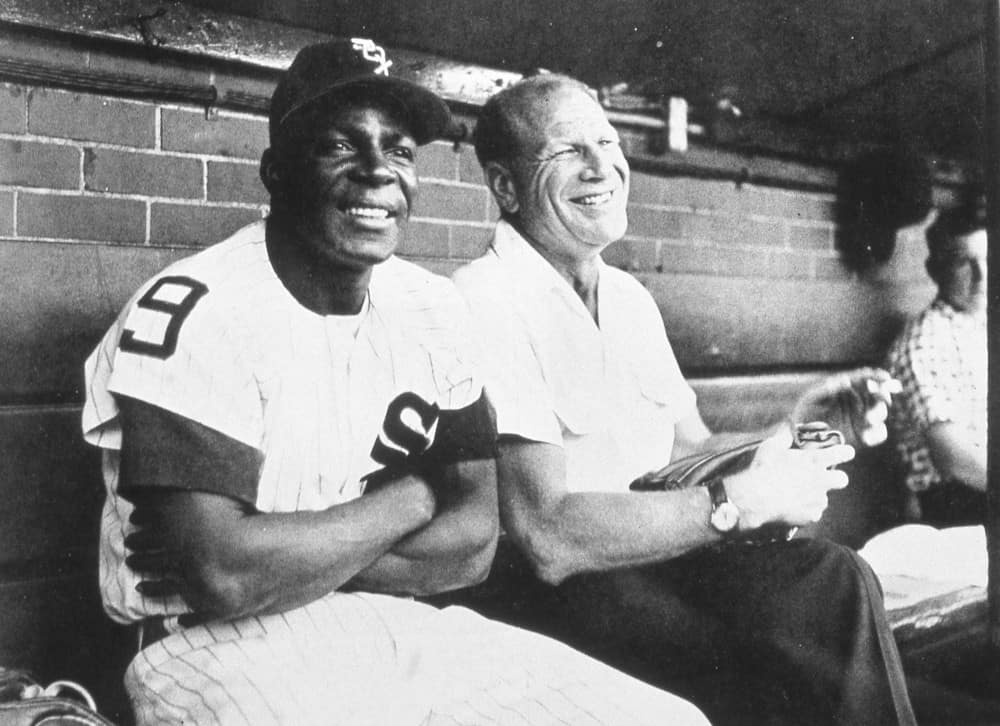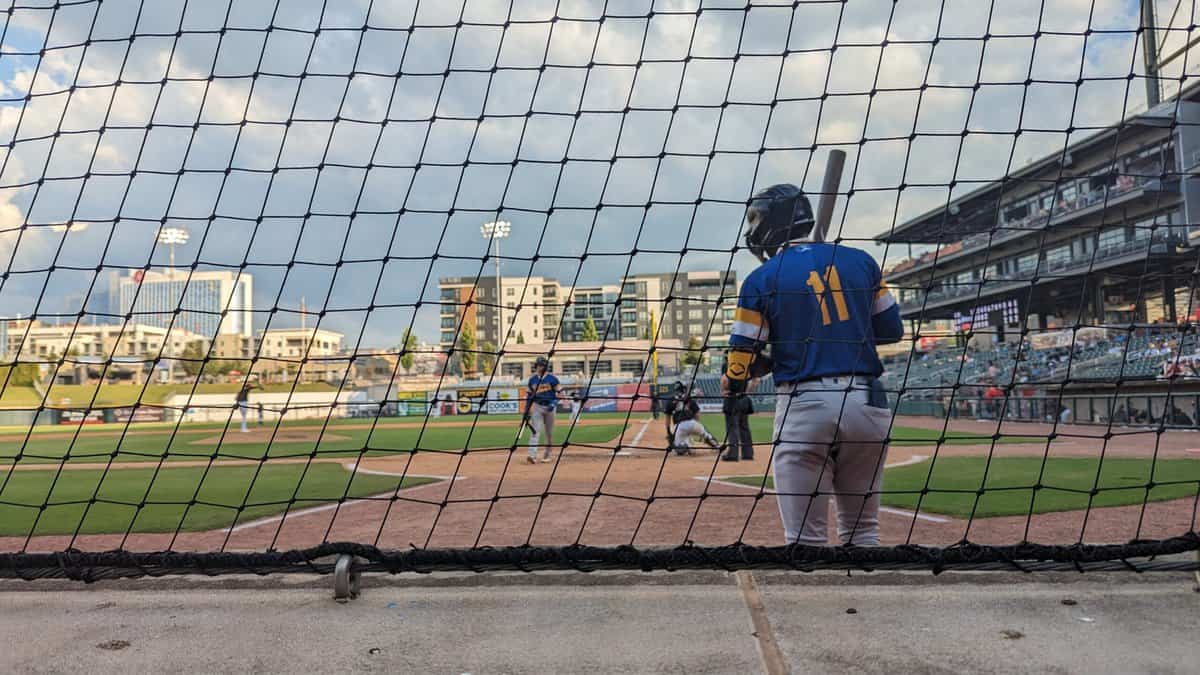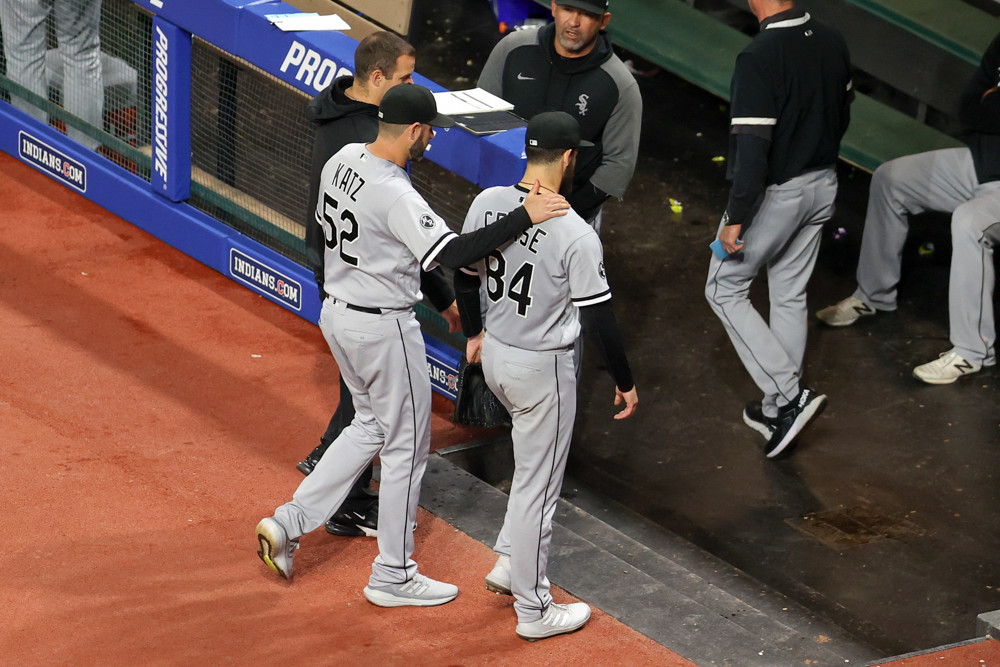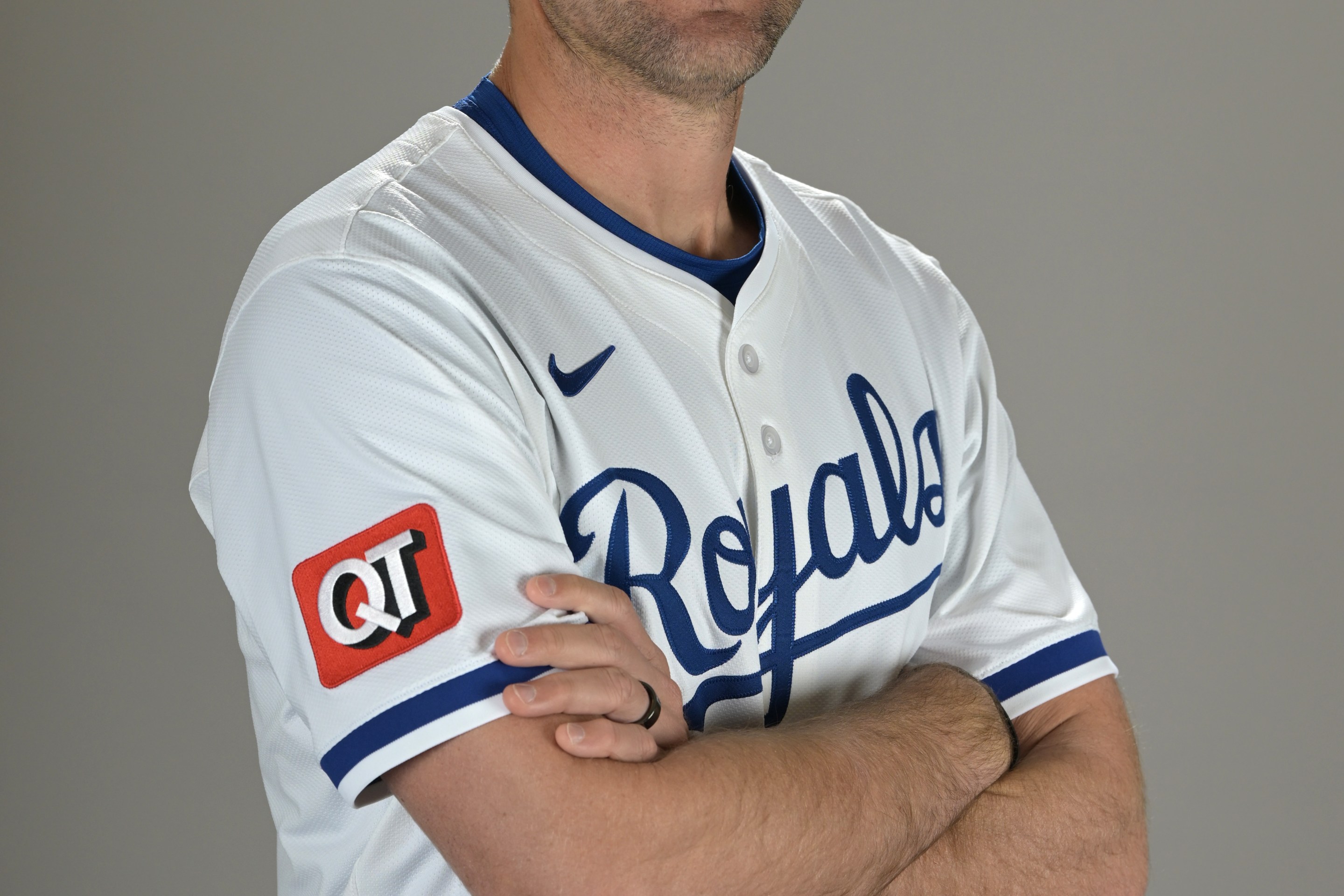A pleasant 76-degree day greeted fans in attendance to watch a Tuesday afternoon game between the St. Louis Browns and Chicago White Sox at Comiskey Park. The stirrings of a second world war were to begin in just over a month, but for now, all that mattered on this day was if the Sox could complete a three game sweep of the Browns, and inch closer to the first place New York Yankees, 4.5 games in front in the American League.
***
Baseball and Cultural Miscellany
On the radio, the top hit of the day was “Sing, Sing, Sing”, performed by Benny Goodman and his band. If memory serves, this song is featured in the 1956 film The Benny Goodman Story, and was part of the famous 1938 Carnegie Hall concert.
At the box office, the top film was an adaptation of Mark Twain’s The Prince and the Pauper, starring Errol Flynn alongside Billy and Bobby Mauch. It was the Warner Bros. studio’s most popular film of the year, grossing over $1.5 million.
In baseball, there were a couple of debates going on at the time. The first was with regards to batter safety. Just a week prior Tigers catcher Mickey Cochrane suffered a career-ending skull fracture when he was hit in the head by a pitch. Players at this time didn’t wear batting helmets (in fact, today’s date saw the Athletics and Indians take batting practice in them for the first time), and Sox manager Jimmy Dykes suggested that if batters were to wear them, they’d be more likely to be beaned:
‘What keeps pitchers from throwing at batters’ heads is a fear of injuring them,’ explains the manager of the Chicago White Sox. ‘Assure pitchers that batters couldn’t be hurt and give them a target in the way of headgear and I suspect baseball might look like one of those dodge’em games you see at any county fair.’
Wilkes-Barre Times Leader, June 2, 1937
Though the 1941 Brooklyn Dodgers adopted use of batting helmets, Major League Baseball wouldn’t make them mandatory until 1971.
The second debate centered around the All-Star game, specifically the selection method used to fill out the rosters. In 1933 and 1934, newspaper polls conducted throughout the United States tallied which players fans wanted to see at the game. Beginning in 1935, managers made those selections, and it was made official in 1937 when Judge Landis and the team owners unanimously approved to keep it that way. (Selection methods went back and forth, though: beginning in 1947 fans were able to once again vote, then managers made the selections beginning in 1958, before returning to fans for good in 1970). Here’s the Wilkes-Barre Times Leader expressing disapproval:
The All-Star game was meant to be one game played strictly for the customers, and it strikes me that pleasing the customers should be the main objective of Messrs. Landis, Frick and Will Harridge. Henceforth the dream game will lack the impetus previously provided...there is certain to be a decline in national interest though probably enough will remain to pack the Washington park, July 7.
(The writer was correct: the 1937 All-Star game does have one of the lowest attendance figures of 31,391; Griffith Stadium’s capacity was around 32,000, though.)
Umpires for this game
- HP: Cal Hubbard
Working home plate for the day’s game was Cal Hubbard, who umpired from 1936-1951. He was also home plate umpire for the June 10, 1945 Random Box Score: he worked in four World Series (1938, 1942, 1946, 1949) and three All-Star games (1939, 1944, 1949).
- 1B: Bill Dinneen
Both a former player in the early days of baseball and an umpire, Dinneen was the first person to both play in the World Series and umpire in it, as well as the only player in baseball history to pitch a no-hitter and call a no-hitter behind home plate. He had lengthy umpiring career, working from 1909 to 1937. Dinneen was on the field for Babe Ruth’s famous called shot in 1932 and behind home plate for Ruth’s 60th home run.
- 3B: John Quinn
Quinn is the least-heralded of umpires from today’s trio: he was an umpire from 1935-1942, and worked the 1937 All-Star game.
Lineups
| St. Louis Browns | Chicago White Sox |
| Harry Davis, 1B | Rip Radcliff, LF |
| Sam West, CF | Mike Kreevich, CF |
| Joe Vosmik, LF | Dixie Walker, RF |
| Beau Bell, RF | Zeke Bonura, 1B |
| Harlond Clift, 3B | Luke Appling, SS |
| Bill Knickerbocker, SS | Jackie Hayes, 2B |
| Rollie Hemsley, C | Tony Piet, 3B |
| Tom Carey, 2B | Luke Sewell, C |
| Chief Hogsett, SP | Bill Dietrich, SP |
Play by Play
The starting pitcher for the White Sox on this day was righty Bill Dietrich. Dietrich was originally a highly-touted prospect in the Connie Mack-run Athletics organization, but Mack, frustrated with Dietrich’s lack of control placed him on waivers the year prior (Dietrich never did fully improve his control: in his career he walked 890 batters to 660 strikeouts).. After a brief stint with the Senators, the White Sox claimed him on July 20 and he went 4-4 with a 4.68 ERA the rest of the 1936 season.
Entering this game, the White Sox had used Dietrich primarily as a swingman; this was his third start of the season and he was 1-1 with a sky-high 10.12 ERA, mostly on account of his previous outing against the Indians where he gave up ten runs in just 3.1 innings.
Starting for the Browns was lefty-submariner Elon “Chief” Hogsett. After several productive years with the Tigers (including a World Series ring in 1935), Hogsett was dealt to the Browns in 1936, and it was the beginning of the downturn to his career: a 13-16 record, 5.58 ERA that season and he hadn’t fared well early on in the 1937 season: 1-4 with a 6.08 ERA. This season would prove to be the worst of his career: a 6-19 record and 6.29 ERA.
Given the starting pitchers’ backgrounds, one would expect that this game would be a high-scoring, back-and-forth affair: baseball, as it often turns out, had other ideas. Dietrich had a quiet first, retiring the Browns 1-2-3, and the White Sox offense staked him to an early lead.
Rip Radcliff led off with a walk and Mike Kreevich smacked a double to the left field gap to put runners at second and third. Dixie Walker was up next and he made it two doubles in a row: a shot to left that scored Radcliff and Kreevich to make it 2-0 White Sox. After retiring Zeke Bonura and Luke Appling, Hogsett’s control deserted him. Back-to-back walks to Jackie Hayes and Tony Piet loaded the bases for Luke Sewell: as it turned out the catcher didn’t have to put the ball in play as Hogsett walked in a run. Dietrich came to the plate next with an opportunity to put the game out of reach, but alas, a 4-3 groundout ended the inning.
Dietrich pitched another 1-2-3 inning in the second, but Hogsett continued to exhibit issues with his control. Another walk to Rip Radcliff to start the second ended his day (1+ IP, 3 ER, 5 BB), as manager Roger Hornsby had seen enough: on in relief was Russ Van Atta. Van Atta temporarily stopped the bleeding, getting the first out of the inning on a forceout at second, then after walking Dixie Walker, inducing a double play from Zeke Bonura to keep the score at 3-0.
A quiet third for both pitchers moved things into the fourth. Dietrich continued to be on his game: another 1-2-3 inning to make it 12 up, 12 down. Van Atta, unfortunately for the Browns, was not. Luke Sewell started things with another lead off walk, for the third time in four innings. Sewell then moved to third: Dietrich bunted his way on, then both men moved to second and third, respectively, after Radcliff sac bunted them over. Mike Kreevich continued the small ball theme, singling to left. Both Dietrich and Sewell would score as left fielder Joe Vosmik sailed the throw home, and it was 5-0 White Sox. While Zeke Bonura walked after a Dixie Walker strikeout to put men at first and second, Luke Appling lined out sharply to right to end the threat.
Dietrich was back at it in the fifth, still perfect to this point. After Beau Bell flew out to center and Harlond Clift popped up to short, it was up to Bill Knickerbocker to try and cancel the post-game show. Dietrich pumped a fastball down the heart of the plate and Knickerbocker made contact: a screamer to right...which Zeke Bonura, playing close to the line, snagged for the third out.
It was the sixth inning where Dietrich’s control problems surfaced for the first time. Catcher Rollie Hemsley ended any hopes for Sox fans that they would witness a perfect game as he walked to lead off the inning. Dietrich induced a 6-4-3 double play, though, to get two out. After another walk to his counterpart in Russ Van Atta, a groundout to first got the final out of the inning and kept the no-hitter intact.
In the seventh, Zeke Bonura once again kept the hope for a no-hitter alive. Sam West led things off with a hard hit liner to first, but Bonura made a great leaping catch on the rising smash for the first out. After getting Joe Vosmik for the second out on a routine 4-3 putout, Beau Bell reached on an error by third baseman Tony Piet, when he fumbled the exchange. All was well, though, Harlond Clift struck out to move the game to the bottom of the seventh.
After a quiet bottom seven, Dietrich pitched an uneventful eighth, and the White Sox’ offense went to work for him in the bottom of the eighth. Luke Sewell got the line moving with a double to the gap in right. After back-to-back popups by Dietrich and Radcliff, Mike Kreevich cashed in the sixth run for the Sox with a single to left. He then stole second and took third after Hemsley threw the ball away, and scored on a Dixie Walker single. Zeke Bonura was up after that, and he singled to put runners at first and third, then Luke Appling greeted Van Atta with a fourth straight single to make it a rout, 8-0. The Sox would score no more as Hayes flew out to end the inning, though I’d imagine the fans in attendance were hoping to get to the ninth anyway.
Jim Bottomley was up first, pinch hitting for Van Atta. An easy fly to center took care of him. Then a soft grounder to Appling from first baseman Harry Davis took care of the second out. Here’s The Evening News (Harrisburg, PA) with the description of the final out:
There were two out now and the fans were on their feet howling for all they were worth. Dietrich eyed Sammy West, left-handed swinger, and then burned over a called strike. Cooley he surveyed Sammy again and this time cracked a curveball across the inside corner for another called strike. West dug in at the plate with his spikes and was ready when Dietrich wound up for his next pitch. But it availed him nothing as he took a vicious swing for a third strike to end the game and permit Dietrich to have his name forever etched in baseball’s Hall of Fame.
The Sox swept the Browns, and fans got to witness the no-hitter, the American League’s first since rotation-mate Vern Kennedy did it to Cleveland on August 31, 1935.
***
While this game was no doubt the highlight of Dietrich’s career (by the way, Dietrich claimed to not know it was a no-hitter when it was finished; he thought Piet’s error was ruled a hit in the seventh), he would go on to pitch until 1948, with some of his best seasons coming during World War II. For the White Sox, this game lifted them into third place: they would go on to finish in third at 86-68, by far their most successful season since 1920. Of course, the franchise wouldn’t have a sustained run of success until the ‘50s, but it was no doubt a welcome sight for fans after the horrors of the past two decades.
As for the Browns...well, they’d go 46-108, good for last place in the A.L. This, unfortunately, was par for the course for the franchise. Outside of a year here or there when they’d finish in third or fourth place, the team usually was in the bottom half of the standings. Their only World Series appearance would come in 1944, a loss to the cross-town Cardinals, 4 games to 2. In 1954 they would move to Baltimore and become the Orioles.
Random Box Score White Sox record: 12-5
Sources Consulted
- Baseball Reference
- Billboard Hot 100
- Historical New York Times
- National Weather Service Archive
- Playback.fm
- SABR
- U.S. Newsstream






